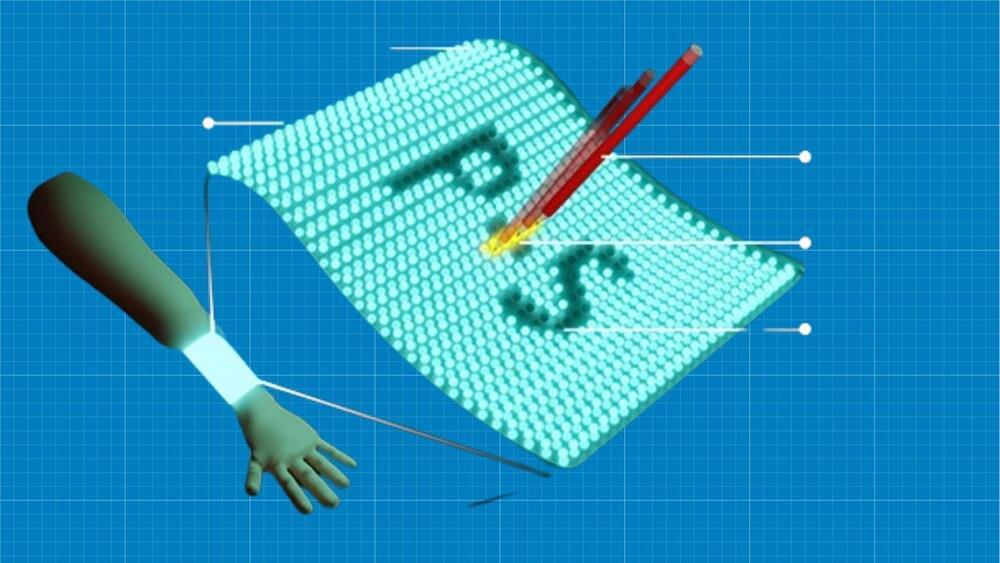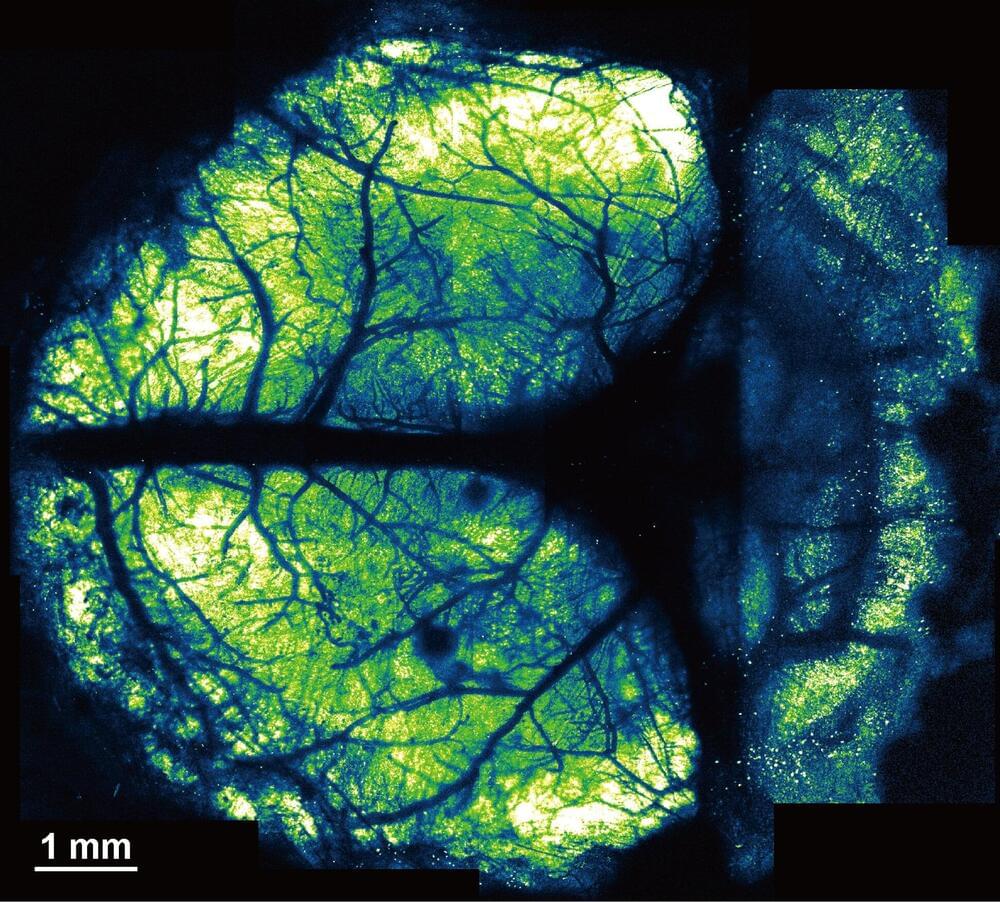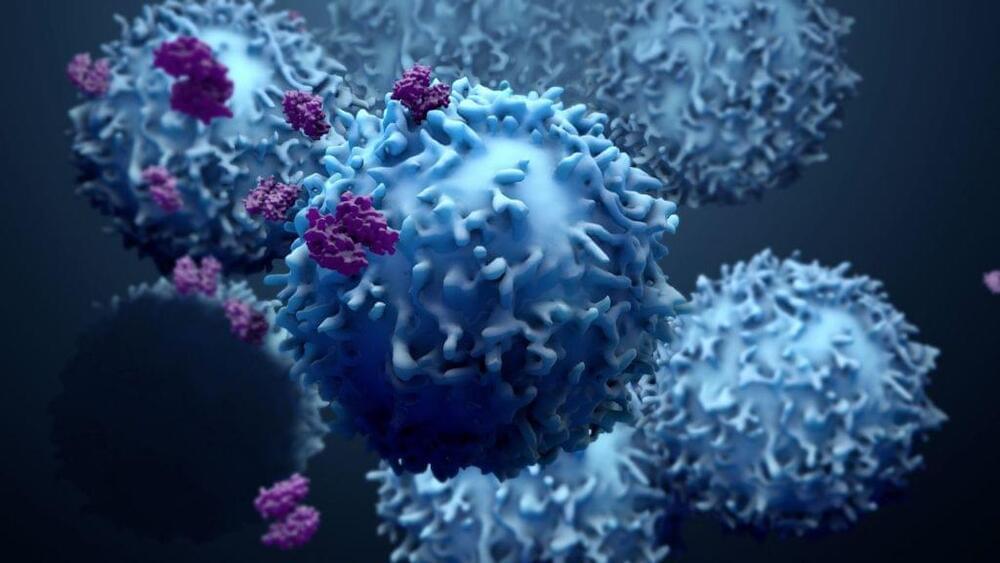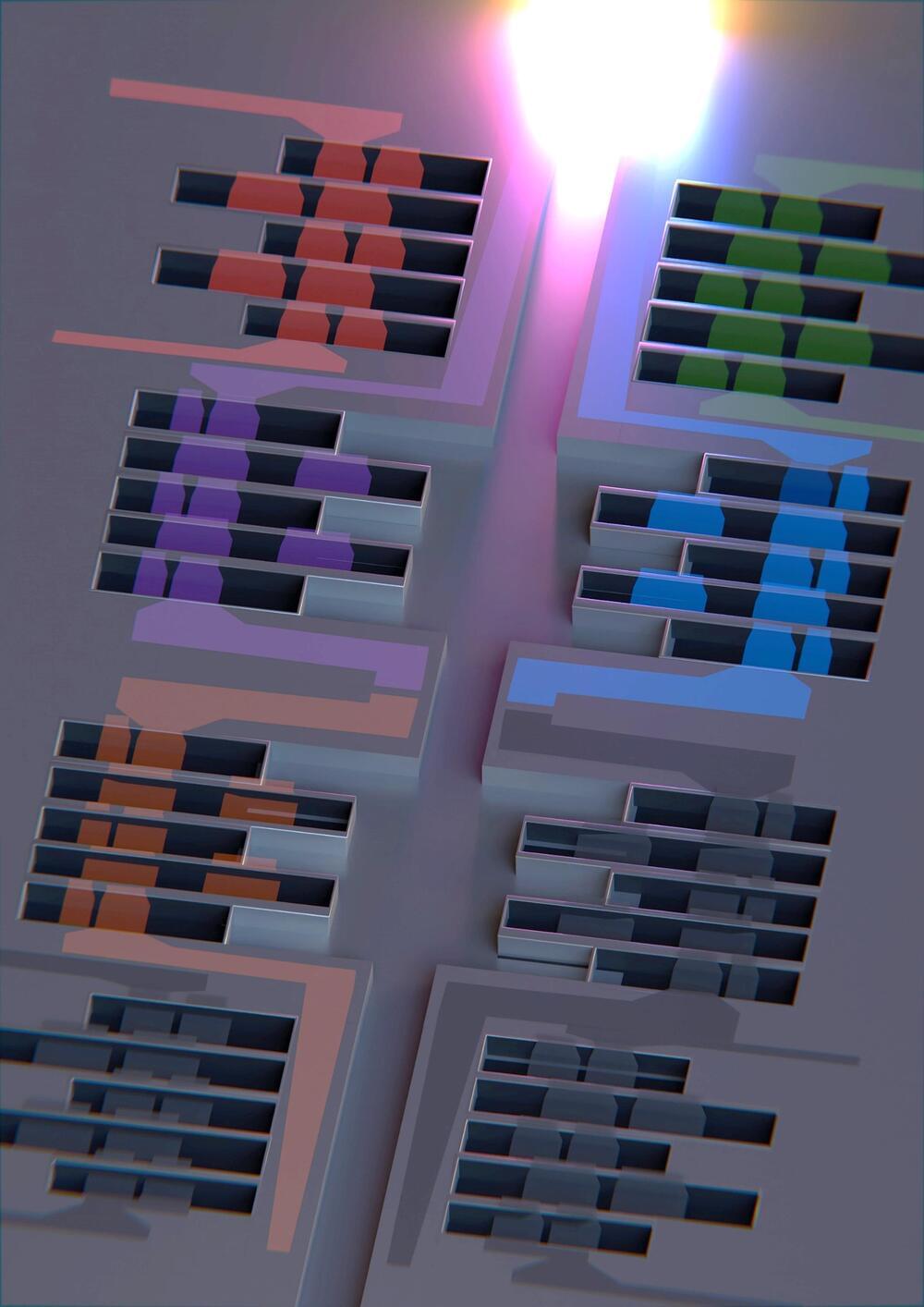Archive for the ‘innovation’ category: Page 24
Mar 13, 2024
Astronomers Discover Heavy Elements after Bright Gamma-Ray Burst from Neutron Star Merger
Posted by Natalie Chan in categories: innovation, space
Breakthrough discovery puts astronomers one step closer to solving the mystery of the origin of elements that are heavier than iron. An international team of astronomers — including Clemson University astrophysicist Dieter Hartmann — obtained observational evidence for the creation of rare heavy elements in the aftermath of a cataclysmic explosion triggered by the merger of two neutron stars.
The massive explosion unleashed a gamma-ray burst, GRB230307A, the second brightest in 50 years of observations and about 1,000 times brighter than a typical gamma-ray burst. GRB230307A was first detected by NASA’s Fermi Gamma-Ray Space Telescope on March 7, 2023.
Using multiple space-and ground-based telescopes, including NASA’s James Webb Space Telescope, the largest and most powerful telescope ever launched into space, scientists were able to pinpoint the source of the gamma-ray burst in the sky and track how its brightness changed.
Mar 12, 2024
PFF Kilo: Piaggio announces new AI bot with fast-following tech
Posted by Gemechu Taye in categories: innovation, robotics/AI
Piaggio, the maker of Vespa, unveils new AI robot, Kilo with innovative fast-following tech. This could be huge going into the future.
Mar 11, 2024
Plasmonics Breakthrough Unleashes New Era of Quantum Technologies
Posted by Paul Battista in categories: innovation, quantum physics
Quantum researchers uncover important implications for quantum technology.
In a recent publication in Nature Physics, the LSU Quantum Photonics Group offers fresh insights into the fundamental traits of surface plasmons, challenging the existing understanding. Based on experimental and theoretical investigations conducted in Associate Professor Omar Magaña-Loaiza’s laboratory, these novel findings mark a significant advancement in quantum plasmonics, possibly the most noteworthy in the past decade.
Rethinking Plasmonic Behavior
Mar 10, 2024
Researchers develop new glowing touchscreen that works underwater
Posted by Gemechu Taye in category: innovation
Scientists have made a breakthrough with an ALP facilitating underwater communication. Check out how this could be a game-changer for us.
Mar 10, 2024
Unlocking the Cosmic Recipe for Planet Formation
Posted by Saúl Morales Rodriguéz in categories: alien life, innovation

Researchers have discovered significant amounts of water vapor in the disc around the young star HL Tauri, suggesting the presence of water where planets are forming. This breakthrough, enabled by the ALMA telescope in Chile, marks the first time astronomers have been able to quantify water vapor in a cool, stable disc conducive to planet formation. The findings could have profound implications for our understanding of how planets, particularly those capable of hosting life, are formed. (Artist’s concept.) Credit: SciTechDaily.com.
Researchers have found water vapor in the disc around a young star exactly where planets may be forming.
Continue reading “Unlocking the Cosmic Recipe for Planet Formation” »
Mar 9, 2024
New superconducting magnets ready for fusion reactions, say scientists
Posted by Gemechu Taye in categories: innovation, nuclear energy
Learn about the breakthrough superconducting magnets for fusion reactors developed by MIT researchers. Step into a future of clean energy.
Mar 9, 2024
Innovative nanosheet method revolutionizes brain imaging for multi-scale and long-term studies
Posted by Shubham Ghosh Roy in categories: innovation, neuroscience
The human brain has billions of neurons. Working together, they enable higher-order brain functions such as cognition and complex behaviors. To study these higher-order brain functions, it is important to understand how neural activity is coordinated across various brain regions.
Although techniques such as functional magnetic resonance imaging (fMRI) are able to provide insights into brain activity, they can show only so much information for a given time and area. Two-photon microscopy involving the use of cranial windows is a powerful tool for producing high-resolution images, but conventional cranial windows are small, making it difficult to study distant brain regions at the same time.
Now, a team of researchers led by the Exploratory Research Center on Life and Living Systems (ExCELLS) and the National Institute for Physiological Sciences (NIPS) have introduced a new method for in vivo brain imaging, enabling large-scale and long-term observation of neuronal structures and activities in awake mice.
Mar 9, 2024
Rapid and Reliable Custom Tetramer Generation for T Cell Staining
Posted by Shubham Ghosh Roy in categories: biotech/medical, innovation
The potential for personalized cancer treatment is fueling the need to identify T cell responses against neoantigens and other cancer-specific epitopes for the success of immunotherapy. Continuous advancements of epitope discovery prediction technology is leading to precise identification of antigen-specific T cells, playing a central role in monitoring immune responses to infection and cancer immunotherapies. Hence, the understanding of major histocompatibility complex class (MHC) molecules and peptides interaction within the immune system is fundamental for developing treatments in diseases like cancer and the creation of innovative vaccines.
Fundamentally, in vivo interaction between processed antigen loaded on MHC molecules is important communication for the adaptive immune response to alert against foreign antigens or cancerous cells. MHC I and II molecules loaded with foreign antigens or cancerous fragments are of great interest to the activation of the adaptive immune response. In vivo, peptide exchange reactions are not required for presentation of antigens by MHC molecules because they bind degraded antigens during assembly in the ER. However, peptide exchange reactions play an important role in the assembly of MHC molecules in vitro. It becomes essential to consider the allelic variation and peptide binding when utilizing MHC molecules for T cell detection ex vivo. It has been shown that immunogenic peptides tend to interact with their restricting MHC molecule. Thus, having the capability to assess the binding affinity of an in vitro interaction between peptide and MHC I is highly valued.
Mar 9, 2024
Scientists enhance wireless communication with three-dimensional processors
Posted by Saúl Morales Rodriguéz in categories: innovation, robotics/AI
Scientists at the University of Florida have pioneered a method for using semiconductor technology to manufacture processors that significantly enhance the efficiency of transmitting vast amounts of data across the globe. The innovation, featured on the current cover of the journal Nature Electronics, is poised to transform the landscape of wireless communication at a time when advances in AI are dramatically increasing demand.
Traditionally, wireless communication has relied on planar processors, which, while effective, are limited by their two-dimensional structure to operate within a limited portion of electromagnetic spectrum. The UF-designed approach leverages the power of semiconductor technology to propel wireless communication into a new dimension—quite literally.
Researchers have successfully transitioned from planar to three-dimensional processors, ushering in a new era of compactness and efficiency in data transmission.
















